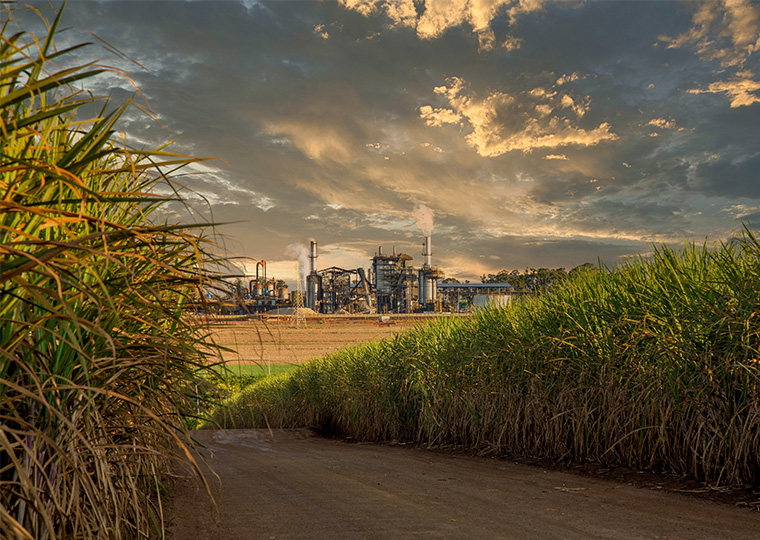The kind of reward matters less than the type of connection between giver and recipient
Much of our lives revolve around getting other people to do what we want. Often, that requires some sort of incentive.
Properly applied, incentives — money, awards, praise or some other means — can be a powerful motivator and can help transform a relationship. But sometimes they backfire, creating resentment and failing to get the desired effect.
Opt In to the Review Monthly Email Update.
What determines whether an incentive will succeed or fail? A paper by UCLA Anderson’s Jana Gallus and Joseph Reiff, a Ph.D. student; University of Chicago’s Emir Kamenica; and UCLA’s Alan Page Fiske suggests that the social relationship between the giver and recipient is a key factor. It’s important to match the type of incentive with the existing relationship.
What Makes Incentives Work
In their paper, published in Psychological Review, the authors propose a “relational incentives theory” to explain what makes incentives work. The theory distinguishes between the kind of incentive (the means) and how the incentive is used (the scheme).
Much prior research, including previous studies by Gallus, has focused on the kind of incentive, such as the distinction between monetary and nonmonetary incentives. But the theory suggests that these means aren’t what matters most in determining whether an incentive succeeds or fails.
“We argue that the schemes may be even more important for determining when incentives function well and when they have unintended effects on the effort and the relationship,” the authors write.
To illustrate, they use the example of a band looking for a temporary replacement. It could pay a freelance musician an hourly rate for practicing and performing. Or it could offer a gift, such as a recording of the band’s music. A gift makes no sense if the fill-in is a professional hired for the gig. But the hourly rate might be seen as insulting if the performer is a friend. The nature of the relationship, they note, determines which incentive works best.
Why the How Matters
Previous research has revealed four fundamental types of social coordination, and relational incentives theory identifies a matching incentive scheme for each of them:
Communal sharing. Participants see themselves as equivalent, as one and the same, doing the same activities and receiving the same rewards, such as work teams where all members pitch in without tracking who did what and received what. Members are mainly motivated by the need to belong and by a sense of unity. These relationships work best with participation incentives, given to all who take part and independent of the amount or quality of an individual’s contribution. Examples include the promise of long-term employment or free food given to those who donate blood.
Authority ranking. In these relationships, subordinates owe deference, respect and sometimes obedience to those higher on the ladder, while superiors have a responsibility to guide, lead and stand up for subordinates. Hierarchy incentives typically involve discretionary rewards bestowed by the superior upon the subordinate. They can take the form of promotions, awards, perquisites (such as an office with a nice view) and bonuses.
Equality matching. These relationships consist of keeping track of whether things are even, one-to-one, or how many units they are out of balance, such as how many turns one person owes another. They rely on balancing incentives designed to ensure that participants are separately but equally rewarded for their individual contributions. Examples include profit-sharing programs in which members receive equal shares. In contrast to participation incentives, which might seem similar, with balancing incentives each member receives a distinct share of the same amount as each other member. A participation incentive is like a help-yourself, all-you-can-eat buffet, while in a balancing scheme, everyone gets an identical boxed lunch.
Market pricing. These relationships are coordinated with reference to a rate or ratio of what one gives in proportion to what one gets. In market relationships, recipients receive rewards in proportion to merit or amount of work, as in piecework or hourly wages. Further examples of such proportional incentives are commissions or tips in proportion to amount and quality of work.
In the theory, the kind of incentive (the means) by itself sends an unclear or incomplete message about the desired or assumed relationship.
When one of the co-authors, Fiske, lived in Africa, village families often presented him with a chicken on his first visit. The meaning of the gift wasn’t obvious, though. Was it intended as an invitation to join the community — a participation incentive? Was it a hierarchy incentive, a show of deference or an act of largesse depending on whether the giver saw Fiske as higher or lower in the pecking order? Was it a balancing incentive, which he was expected to match at some future date? Or was it proportional, given with the expectation of some form of payment based on the weight and quality of the chicken?
“Until you identify the scheme — which requires knowledge of the culture — you do not know how the means (the chicken) is intended,” the authors write.
Findings from previous research lend support to the theory. An earlier study, for instance, found that extreme pay inequality can reduce cooperation among interdependent team members — consistent with the idea that proportional incentives can be harmful if the existing relationships call for equality matching or communal sharing.
How Incentives Can Change Relationships
While failure to match the incentive scheme with the appropriate relationship can backfire, it can also signal that the giver wants to establish a different kind of relationship.
Consider the big tech companies that provide free food to their employees. While the primary work relationship might otherwise be purely transactional — where workers receive proportional incentives — the gratis meals instituted in Silicon Valley and elsewhere can be a participation incentive designed to signal that a communal sharing relationship exists — that “we are like a family.”
Incentives can be used to maintain or alter relationships.
“People’s use of a particular incentive scheme not only signals the kind of social relationship that they expect,” the authors write, “but in the long run partly determines the kind of relationship that they will have.”
Because of that, they continue, the appropriate use of incentives — by parents, employers and governments — “will shape our future social relationships and our society as a whole.”
Featured Faculty
-
Jana Gallus
Associate Professor of Strategy and Behavioral Decision Making
- Alan Page Fiske
About the Research
Gallus, J., Reiff, J., Kamenica, E., & Fiske, A. P. (2021). Relational Incentives Theory. Psychological Review. doi:10.1037/rev0000336






